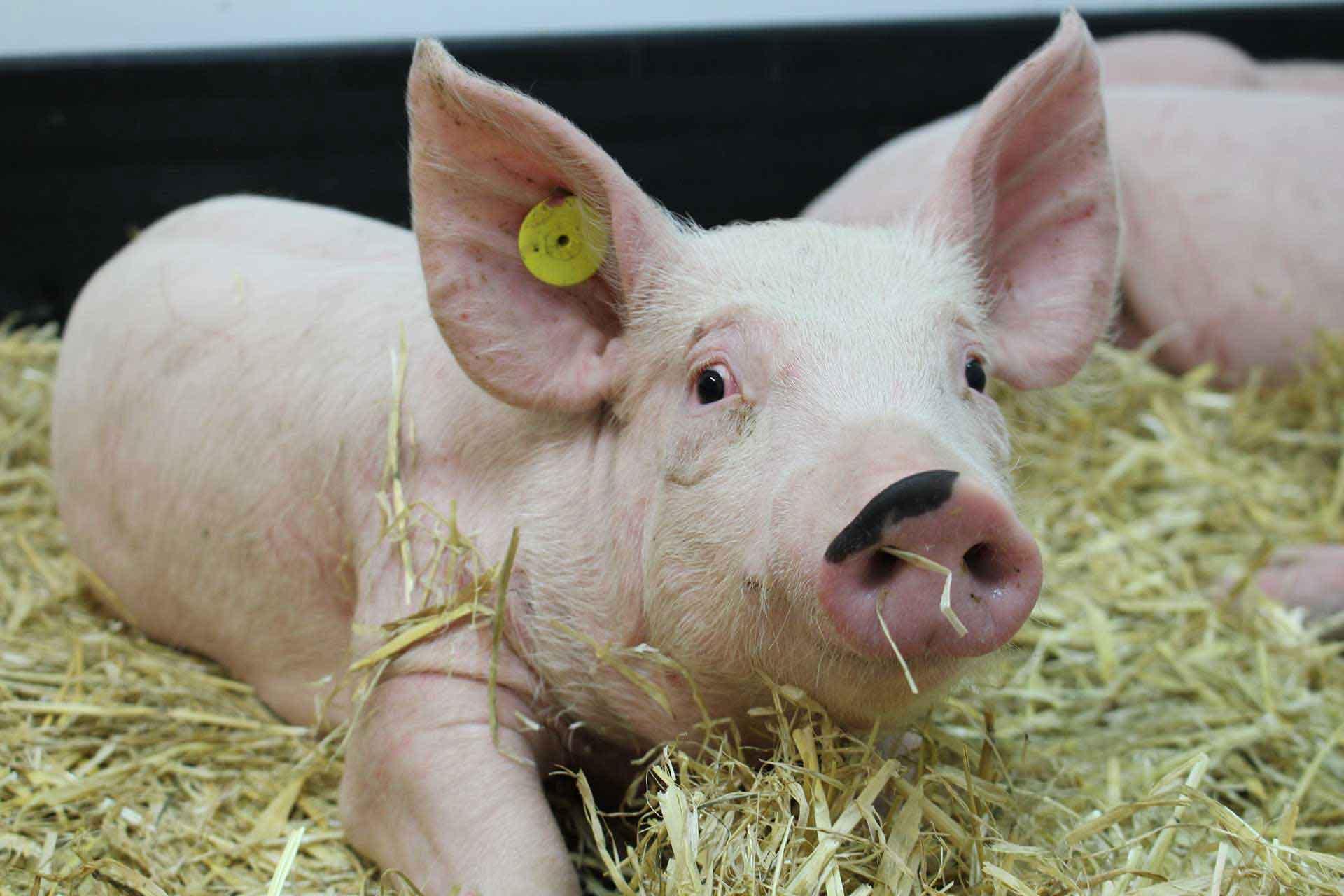Vaccine-mediated protection of pigs against infection with pandemic H1N1 2009 swine influenza A virus requires a close antigenic match between the vaccine antigen and challenge virus
Swine influenza A virus (SwIV) infection has considerable economic and animal welfare consequences and, because of the zoonotic potential, can also have public health implications. The 2009 pandemic H1N1 ‘swine-origin’ infection is now endemic in both pigs and humans. In Europe, avian-like H1avN1, human-like H1huN2, human-like swine H3N2 and, since 2009, pandemic H1N1 (pH1N1) lineage viruses and reassortants, constitute the dominant subtypes. In this study, we used a swine pH1N1 challenge virus to investigate the efficacy of whole inactivated virus vaccines homologous or heterologous to the challenge virus as well as a commercial vaccine. We found that vaccine-mediated protection was most effective when vaccine antigen and challenge virus were homologous and correlated with the specific production of neutralising antibodies and a cellular response to the challenge virus. We conclude that a conventional whole inactivated SwIV vaccine must be antigenically matched to the challenge strain to be an effective control measure.

